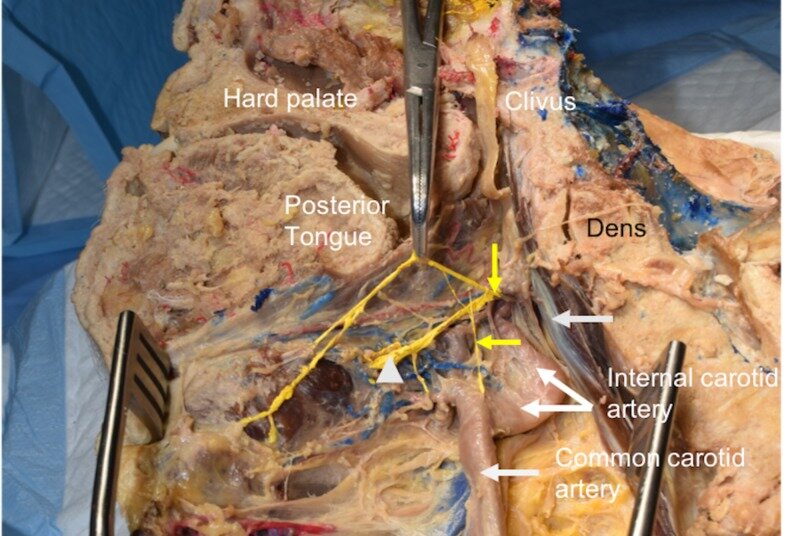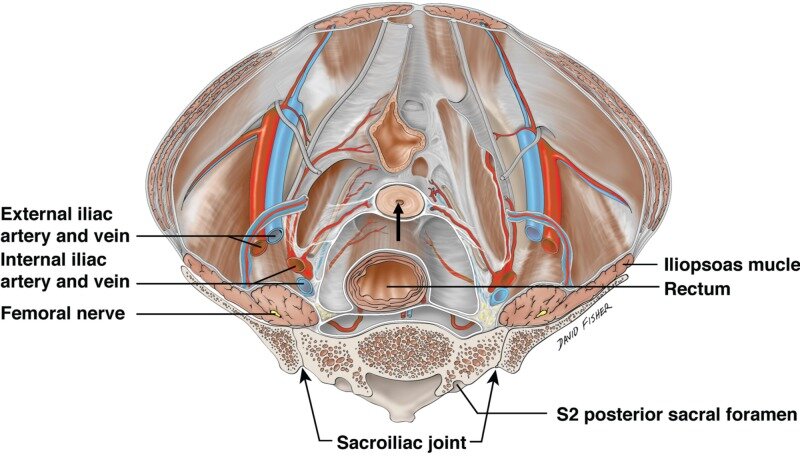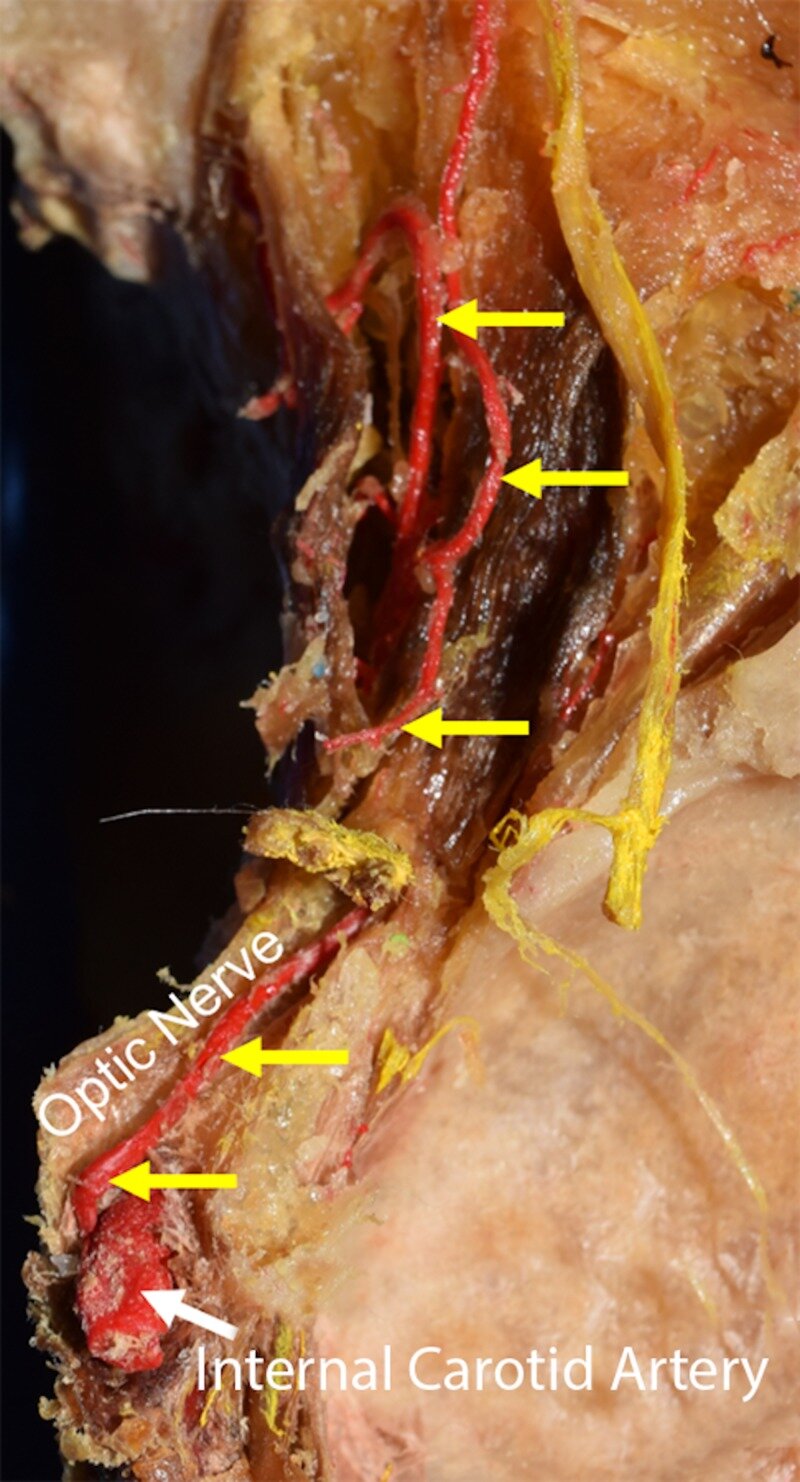Abstract
Intravenous (IV) access on the dorsum of the hand is of high clinical significance. As it is possible for an arterial injury during IV access on the dorsum of the hand to occur, clinicians and healthcare providers should be cognizant of regional anatomy and anatomical variations during IV placement so as to prevent injuries to the radial artery. We report a case of an injury to the radial artery with an attempted hand IV placement in a cadaver and suggest possible ways to prevent this complication.
KEYWORDS:
anatomy; injury; intravenous; radial artery





















